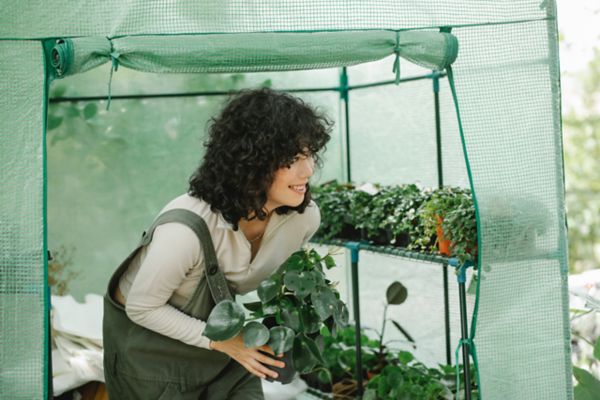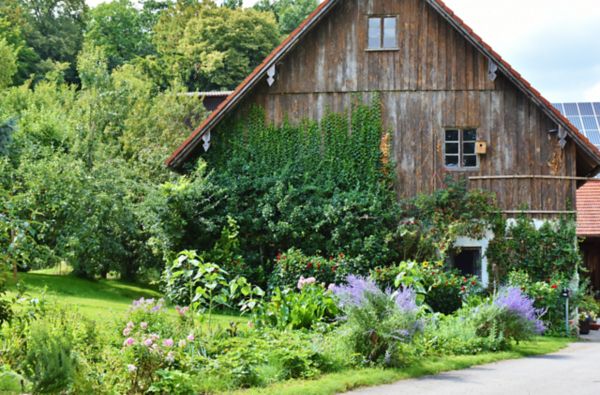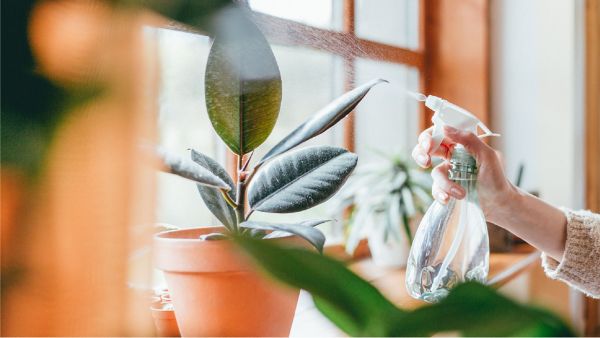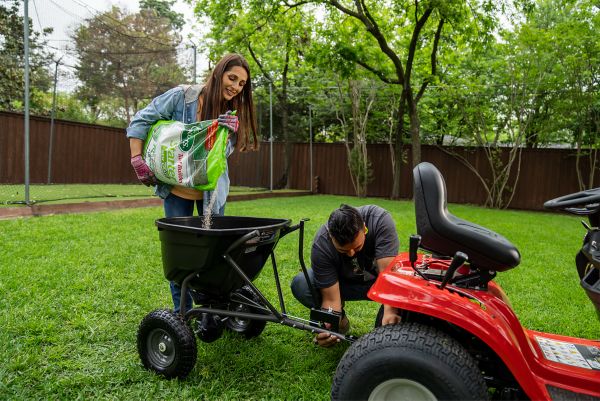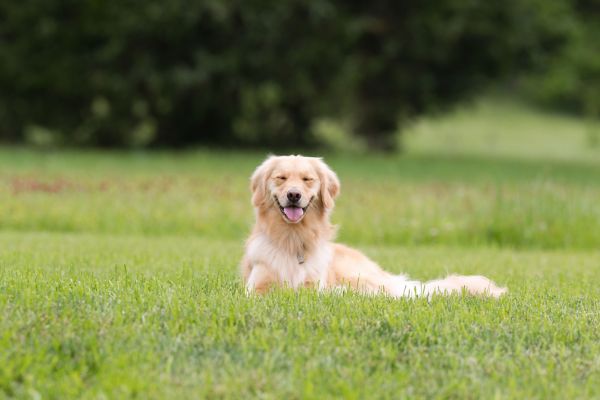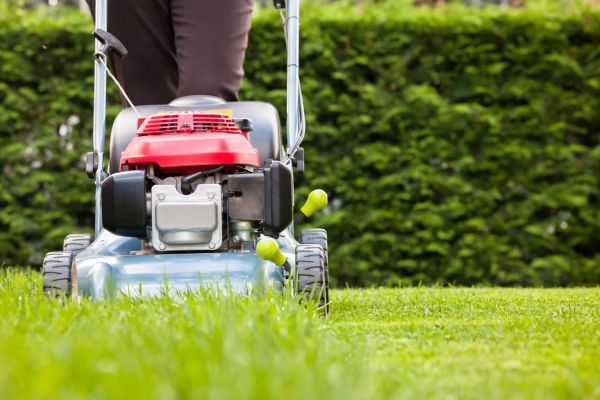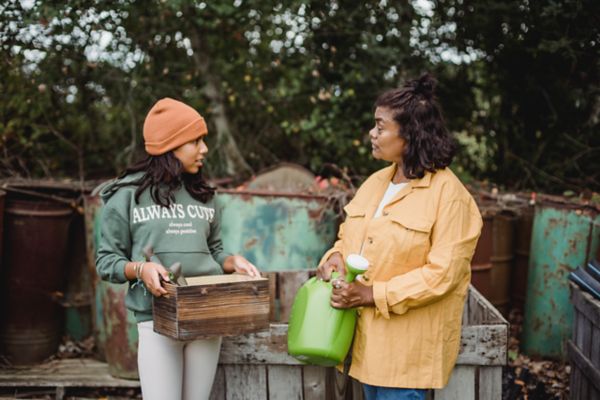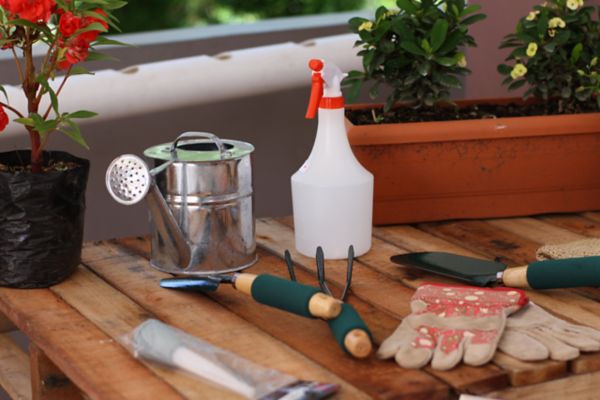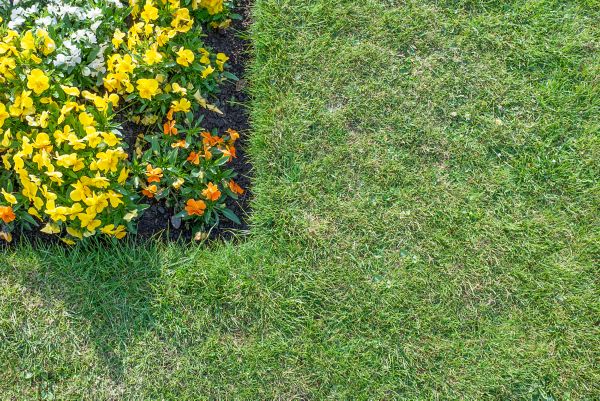Gardening 101
Authored by Leah Chester-Davis
No wonder gardening is one of the most popular hobbies. When it comes to life out here, gardening enhances the enjoyment. Whether you want to grow roses or perennials, install a night garden, address a problem spot in your landscape, enjoy a container garden on your patio, plant a large vegetable plot or just a tomato plant in a pot, we’ve got you covered. Our gardening guide shares basics from the ground up.
You need not have a large plot of land to garden. Gardening can be done in containers on a patio or in raised beds. Even small gardens offer big rewards! Whether you are growing edibles or ornamentals or landscape plants, a few basics apply.
The possibilities are endless, depending on your interests, time and space. Start your garden with these 5 steps:
- Assess your site
- Know your climate
- Give your plants a healthy start
- Create a plan
- Get started
Assess your site.
Your site will dictate the type of plants you can grow. If you have all shade, a vegetable garden that needs at least 6 to 8 hours of direct sunlight each day will be a challenge as will many perennials and other plants. On the flip side, shade plants may wither in the sun.
Know your climate.
A good guide to follow when selecting plants is your Plant Hardiness Zone. It provides helpful information about your climate, which is important because it is highly unlikely that all plants will be suited for your climate. Most likely, your local garden center will sell plants suited for your zone. But if you are traveling or ordering from a seed catalog or nursery it is important to know your plant hardiness zone.
Give your plants a healthy start.
Healthy soil is one of the most basic and necessary ingredients to growing a successful garden, no matter if you are growing edibles or ornamentals. When you pay attention to building healthy soil, something that successful gardeners do on a regular basis, you will reap the rewards with happy, thriving plants.
Create a plan.
Putting some thought into your garden, whether it is new or existing, will help put you on the road to a pleasing space. A plan is important if you wish to add landscaping features such as a patio, walkway, fencing, or any other hardscaping item. Some gardens may include ornamental or landscape plants only and others will have both ornamental plants and a space for growing vegetables and fruit trees.
Get started.
While there is always more to learn when it comes to gardening, the key is to jump right in! If you follow the basics, you will be well on your way. With time and a little trial and error, you will be a garden pro in no time.
Growing ornamentals or edibles?
Some folks love digging in the dirt and making their landscape come alive with flowering plants and striking shrubs and trees. Others prefer to spend time growing fruits, vegetables, and herbs. If so inclined, why not grow both ornamentals and edibles? Some people even incorporate vegetables and herbs into their landscape beds.
Growing edibles – reap the good flavors
Vegetables
Few things in life are as pleasurable as eating fresh-from-the-garden veggies. When you grow them yourself, they just seem to be even tastier! Many edibles – tomatoes, peppers, eggplants, salad greens, beans, radishes, squash, herbs, for example – can be grown in containers so limited space need not be an issue. Most vegetables need at least 6 to 8 hours of sun each day. They also need water so be sure to site your garden near a water source to make this gardening task easier. It is also important to know the difference between cool-season crops and warm-season crops, which will make a difference in terms of when you plant them.
Fruits
Berries and fruit trees deliver good flavors and healthy nutrition for our diets. Blueberries and strawberries along with brambles such as blackberries and raspberries are popular for home gardeners. Some varieties can even be grown in containers.
While fruit trees need more space, they can be a popular, attractive addition to gardeners wanting to grow their own food. Cherries, pears, apples, and peaches are popular and cultivar selections for best results in your garden will depend on your region’s climate.
Herbs
Herbs offer a wide range of options for culinary uses, often to add flavor and variety while reducing the use of salt and sugar. Most thrive in sun and are easy to grow. In warmer climates, many herbs thrive outside year-round. For colder climates, it’s easy to extend the flavors from your herb garden year-round by drying or freezing, depending on the herb. Some herbs grow well on a sunny windowsill.
Growing mushrooms
Mushroom farming has become more popular in recent years, and for good reason. They contain many health properties, and they are easy for the home gardener.
Growing ornamental plants - enjoy the beauty
Thousands of plants are available to home gardeners, making it possible to create a garden tailored to your own style. Typically, plants are available in these categories:
- Annual and Biennials
- Perennials
- Shrubs
- Trees
- Bulbs
- Indoor Plants
Find all how-to-grow guides >
Turf care
For many, a lush green lawn is what summers are made of. It makes a difference when you seed, apply fertilizer, water, and at what height you mow your grass. Tools from mowers to trimmers help make the job easier.
Inviting beneficial insects and pollinators
Not every insect is a threat to the garden. In fact, there are many beneficial insects and pollinators that are important to our ecosystem. It’s easy to add a pollinator garden to your patio containers or in the landscape. If you’re interested in beekeeping, pollinator plants help complement that hobby.
Dealing with insects, pests and diseases
No matter our best efforts, it is inevitable that we’ll have to deal with some kind of pest in the garden. Whether it is an insect, or those four-legged creatures known as deer, or some type of leaf wilt or root rot, it seems every gardener at some point must deal with some type of pest. Good, cultural practices go a long way toward giving your plants the best chance of overcoming unwanted pests and diseases but at times we must take other measures.
Helpful gardening tools and equipment
To get started, only a few tools may be needed, and we share a list to get you started. For many, the garden tools from our basic list will last for years and will be all you need for most gardening efforts.
Gardening ideas and tips
One of the delights of gardening is not only discovering a new-to-you plant but learning about an idea or tip that can make our gardening efforts more productive, fun, or rewarding. We interweave useful tidbits and tips throughout our garden resources.
Check out these garden plans:
What is permaculture gardening?
Permaculture gardens allow nature to do its job - by observing the needs of the environment and climate, as well as the human needs. Practicing permaculture builds the nutrients in the soil - putting strength and new life back into the earth and gaining stronger plants.

